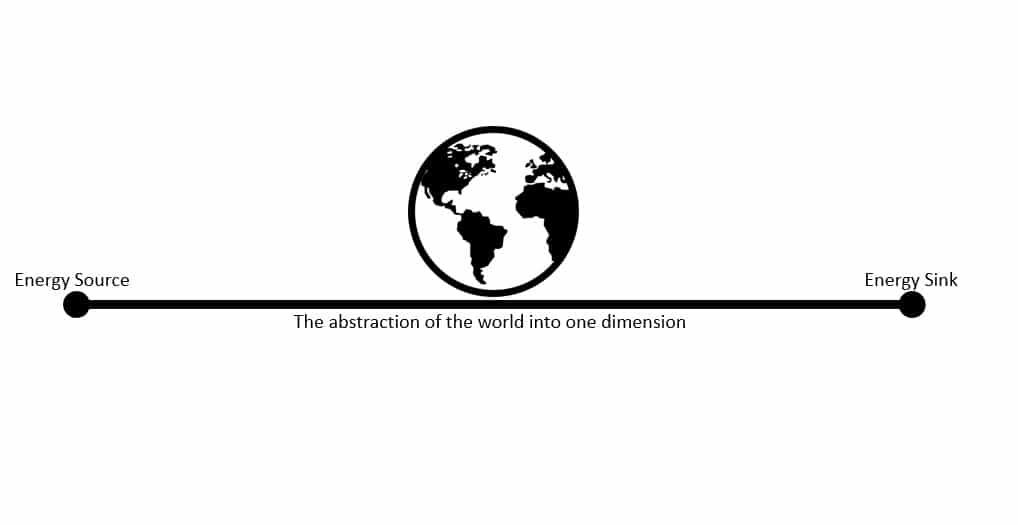From pv magazine Global
A group of scientists from the Nanyang Technological University in Singapore has examined the challenges of bringing green hydrogen to a distant location and whether it is better to transport renewable electricity there via a long-distance electric cable to produce the clean fuel on-site or to first produce it and transport it to the distant location via a gas pipeline.
In the paper “Long-distance renewable hydrogen transmission via cables and pipelines,” recently published in the International Journal of Hydrogen Energy, the researchers assessed the economical feasibility of both options. “The cost only considered the ‘transmission’ portion but the upper stream cost is also added as a ‘lump sum,’” research co-author Miao Bin told pv magazine. “So the cost is doorstep hydrogen from a renewable source to energy importer’s terminal.”
The academics started from the assumption that large-scale batteries are still unviable in storing grid electricity and that the capacity factor of renewable energy sources is still incapable of sustaining a stable grid operation.
Analysing the electric line option, they stressed that the high voltage alternating current (HVAC) cables and the high voltage direct current (HVDC) transmission lines that are usually built for the transport of electricity to distant locations suffer from losses that reach 6.7% and 3.5% per 1000 km, respectively. “The AC cable possesses higher dissipative losses and higher material cost over high voltage and long-distance energy transmission due to the skin effect of the alternating current,” they explained. “The longest power transmission projects are HVDC overhead transmission cables and are mainly located in the continent countries.” In the cost assessment for an HVDC line, they considered the renewable sources, AC transmission lines, an AC to DC converter station, HVDC transmission lines, a DC to AC converter station, and AC transmission and distribution lines.
As for the second option, the research group considered the cost for setting up the power-to-gas facilities, gas buffer storage tanks, compressors, the gas pipeline itself, and receiving infrastructures. “The hydrogen pipeline cost was assumed to be similar to that of natural gas pipelines with an additional 10% increase,” it specified.
The electricity cost is assumed to be $78.67/MWh, which the scientists described as the simple average from solar PV, onshore and offshore wind costs, while the averaged capacity factor is assumed at 32.7%. Power transmission losses for the cable line are estimated at 3.5% per 1000 km and the fugitive emission from the high-pressure gas pipeline is assumed to be between 0.02% and 0.05% per 1000 km per year. One gigawatt of renewable power was assumed to be transmitted in the cable or pipeline.
This content is protected by copyright and may not be reused. If you want to cooperate with us and would like to reuse some of our content, please contact: editors@pv-magazine.com.









By submitting this form you agree to pv magazine using your data for the purposes of publishing your comment.
Your personal data will only be disclosed or otherwise transmitted to third parties for the purposes of spam filtering or if this is necessary for technical maintenance of the website. Any other transfer to third parties will not take place unless this is justified on the basis of applicable data protection regulations or if pv magazine is legally obliged to do so.
You may revoke this consent at any time with effect for the future, in which case your personal data will be deleted immediately. Otherwise, your data will be deleted if pv magazine has processed your request or the purpose of data storage is fulfilled.
Further information on data privacy can be found in our Data Protection Policy.